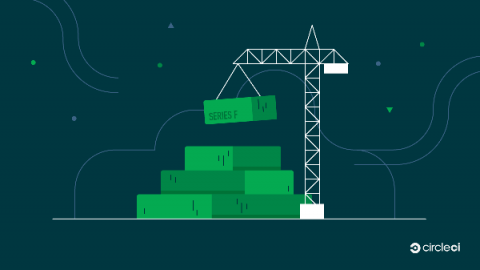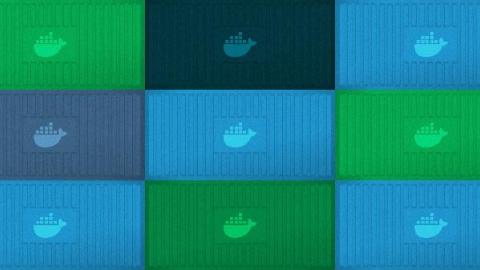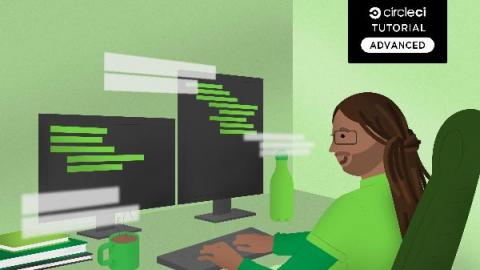We raised $100M in our Series F: here's what we're building next
Today we announced our Series F round of $100M led by Greenspring Associates, with Eleven Prime, IVP, Sapphire Ventures, Top Tier Capital Partners, Baseline Ventures, Threshold, Scale, Owl Rock, and Next Equity Partners. Thank you to our customers, community, partners, investors, and team. This latest investment allows us to invest as well; in our product, our community, and in our people. We build for the builders of the digital age: developers.











